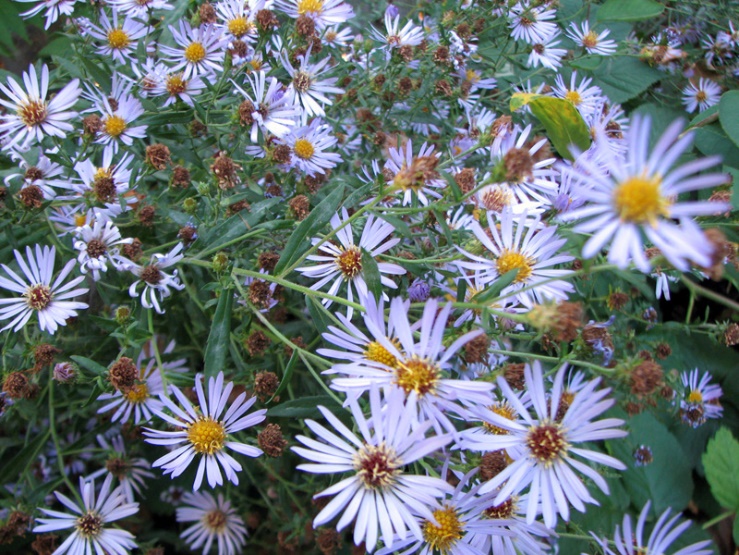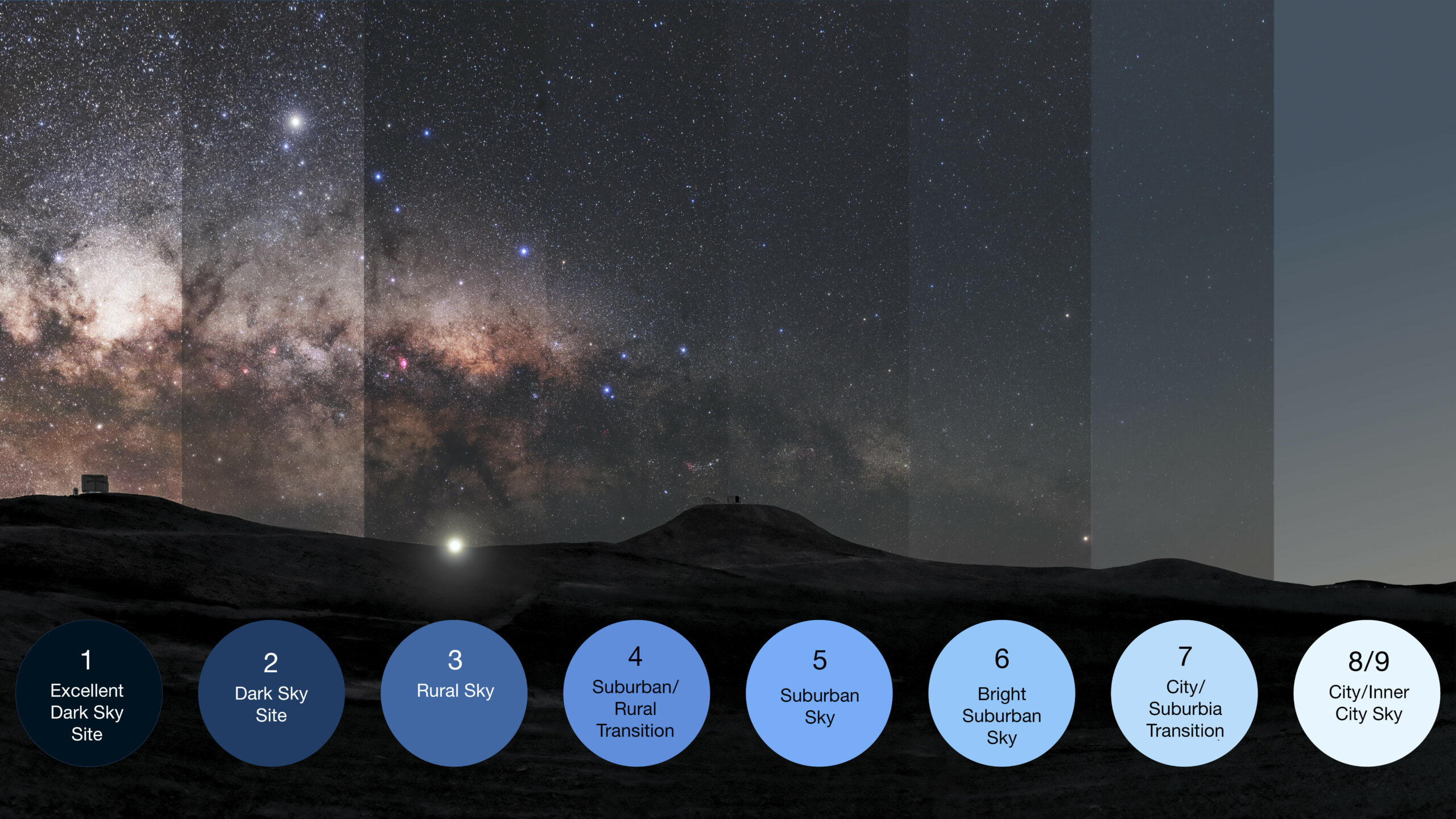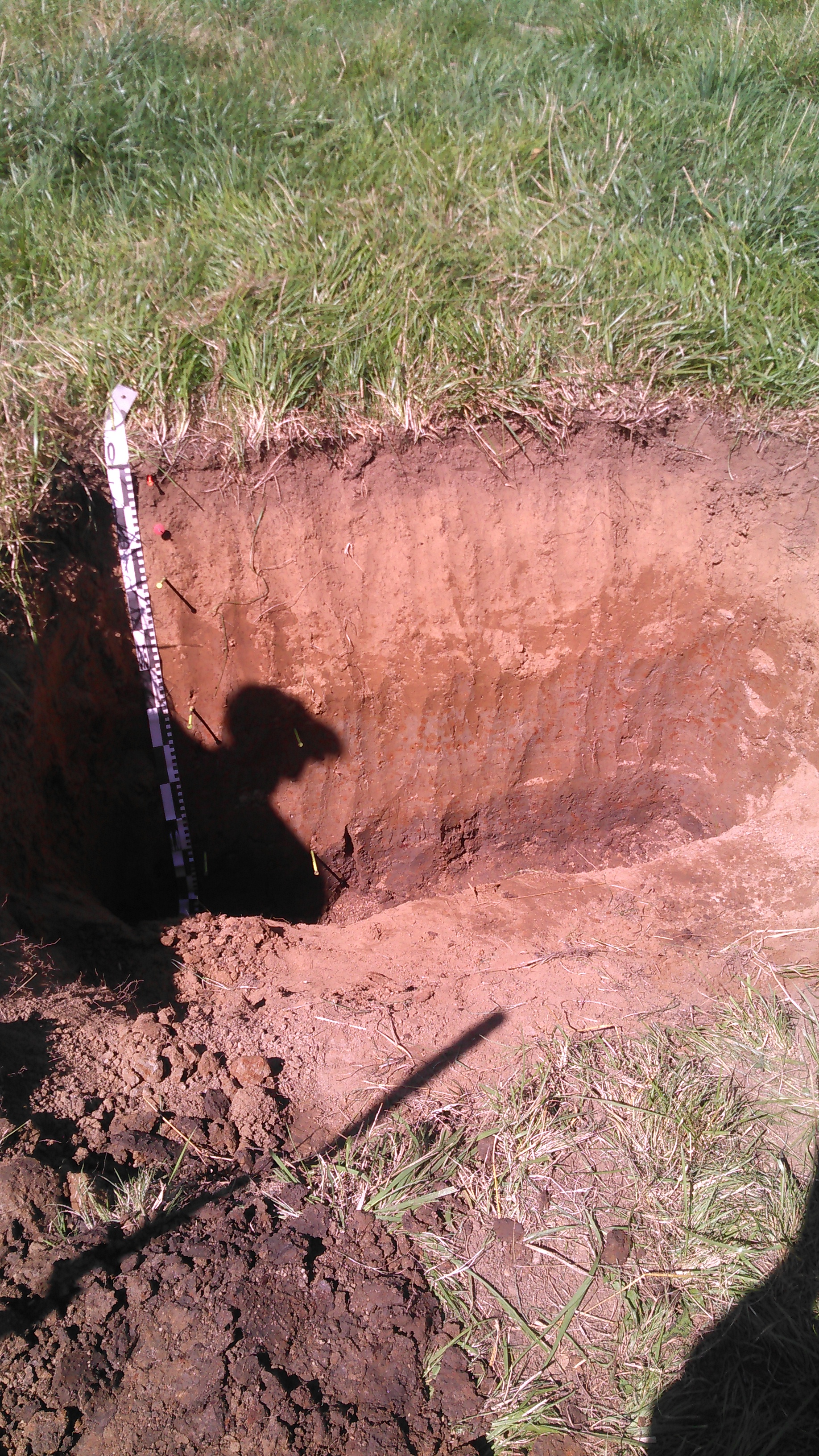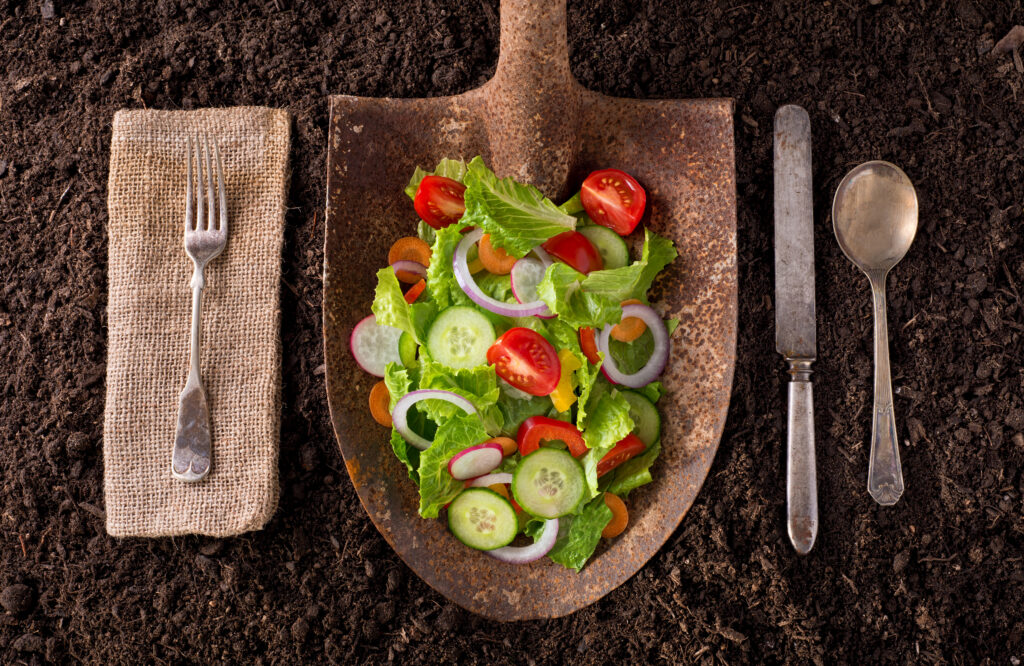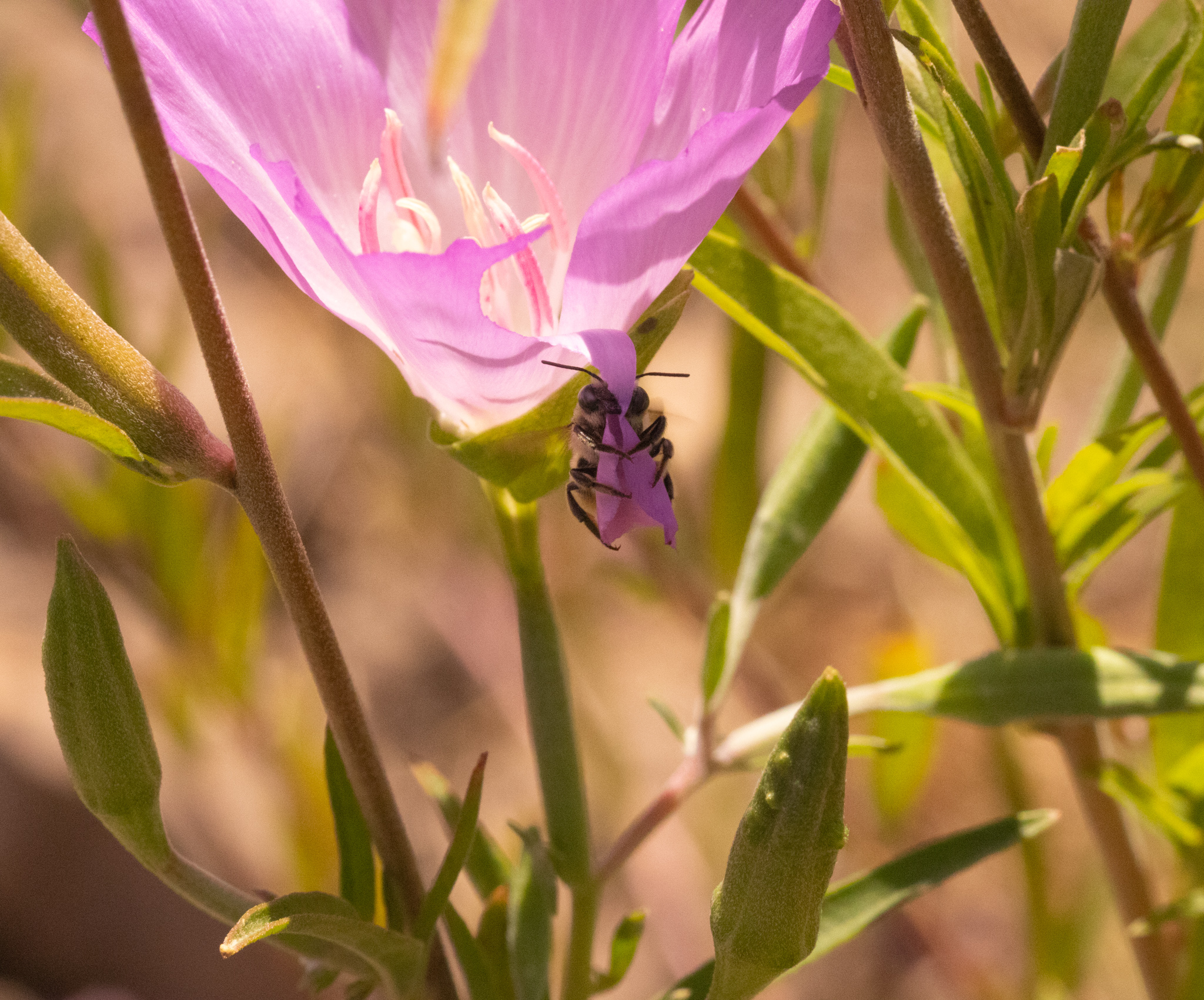Over the past few months, I have shared data on bees and other insects that we have collected from Portland-area gardens. For every garden insect we study (except for butterflies, which can be identified to species by sight), we use lethal collection methods. This is because most insects can only be identified to species after close examination under the microscope. In fact, some insects require dissection before we can get them to species.

It seems odd that we kill bees in order to help understand how we can build gardens that can help to conserve bees. By collecting and killing bees and other insects, what role were we playing in promoting insect decline? How do projects, such as our own as well as the Oregon Bee Atlas, factor into bee declines?
That’s an excellent question, and one that we often ask ourselves. When we collect bees, we work to make sure that we are not needlessly causing harm. For example, our pan traps are good for collecting small bees, but are not good at collecting larger bees, including reproductive queens. When we hand-collect bees, we avoid taking queen bees. In fact, of the 2,716 bees that we collected in 2017-2019, only three were queens. We limited our sampling frequency to three times per year, and limited our sampling effort to 10 minutes of hand-collecting time and six pan traps, per garden. Even with these precautions, we are still faced with the question: does our research, or the research of others who collect and kill insects, harm the very species we are trying to conserve?

To address this question, I turn to the scientific literature. Gezon and colleagues set up an experiment to see whether lethal sampling for bees using pan traps and netting (the same methods we use in our research) has negative effects on bee abundance or bee diversity. For five years, they sampled nine sites every two weeks during the flowering season. They compared bee abundance and bee diversity in these repeatedly-sampled sites, to metrics from 17 comparable sites that were only sampled once. They found no significant difference in bee capture rate, bee species richness, or bee abundance between sites that were sampled repeatedly versus those that were sampled once. When they partitioned bees according to nesting habit (e.g. cavity, soil, wood, etc.), social structure (e.g. eusocial or not), and body size (e.g. small, medium, and large bees) they also found no significant differences in bee capture rates of single-sample versus repeat-sampled sites. They did catch more pollen specialists in repeated-sample sites than in single sample sites. However, the magnitude of the effect was relatively small, and did not represent a large change in catch rate between single-sample versus repeat-sampled sites. I suspect that the authors caught more pollen specialists at their repeat-sampled sites, because pollen specialists are fairly rare in time and in space. They drastically increased their odds of intercepting a pollen specialist on their repeatedly-sampled sites.
Gezon and colleagues suggest a few hypotheses that could explain why increased sampling effort had no significant effect on bee abundance or diversity. First, they suggest that reducing bee populations by sampling could benefit the bees that remain, by reducing competition for limited resources. If this is the case, bee populations can compensate for some losses due to sampling, by increasing reproduction in the bees that remain behind. Second, they note that if bees were sampled after they have mated and laid eggs, the overall impact of removing a bee from via sampling will be fairly small. Finally, they note that most bees are solitary, and that most solitary bees have short flight seasons. In this case, sampling every two weeks may not result in bee declines, if researchers are effectively collecting a new species during each sampling event.
I can breathe a bit easier. The data suggests that our research is not immediately responsible for documented bee declines. Still, I know that I can personally do more to help protect bees in my own garden. Even though our lab group studies native plants, I have not yet planted Aster subspicatus (Douglas’ Aster) in my own garden. This will be my mission for 2020: to find and plant this gorgeous perennial at home. In 2018 and 2019, it bloomed from mid June through mid November at our study plots in Aurora, OR, with peak bloom (75% or more of the plant in bloom) lasting one month! And, from 2017-2019, it was always a top five plant for native bee abundance. I give this Pacific Northwest native plant my highest recommendation for home gardens! There are plants that attract more native bees, such as Phacelia heterophylla. But, no other plant that we studied offers the triple threat of beauty, bees, and longevity.
